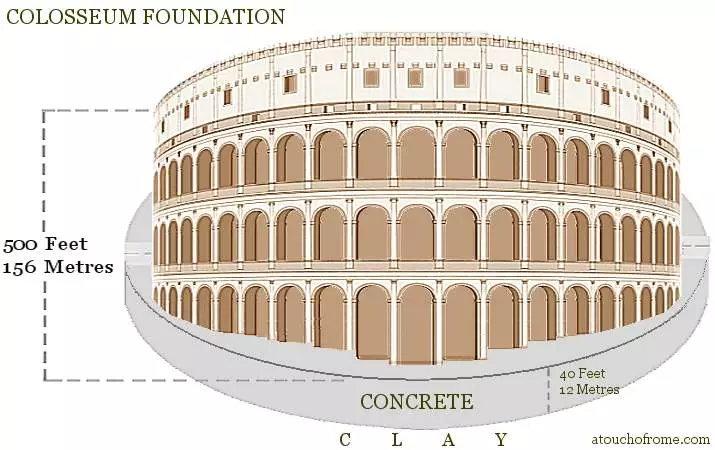Back to what to see
history
History of the Colosseum – From Ancient Rome to Modern Icon
Explore the Colosseum’s rich history, from its construction under the Flavian emperors to its enduring cultural significance in Rome.
9/30/2025
18 min read

History of the Colosseum
The Colosseum was commissioned by Emperor Vespasian of the Flavian dynasty as a gift to the Roman people, symbolizing the empire’s strength and architectural prowess. It was inaugurated in AD 80 by Emperor Titus with 100 days of games, including gladiatorial contests, wild animal hunts, and staged naval battles.
Construction and Engineering
- Foundations and Materials: Built with travertine limestone, tuff, and concrete, showcasing advanced Roman engineering techniques.
- Design: Elliptical shape with four stories, including arches, Doric, Ionic, and Corinthian columns.
- Seating and Accessibility: Tiered seating for different social classes, with efficient entrances and exits for tens of thousands of spectators.
Role in Roman Society
- Entertainment: Gladiatorial games, executions, and public spectacles reinforced social hierarchy and Roman values.
- Political Symbol: Demonstrated the emperors’ power, generosity, and connection to the people.
- Decline and Transformation: After the fall of the Western Roman Empire, the Colosseum suffered damage from earthquakes and stone looting, later repurposed as housing, workshops, and religious sites.
Preservation
- Modern restoration efforts began in the 19th century.
- Today, it is a UNESCO World Heritage Site and one of the most visited historical monuments in the world.
About the Author

Dr. Alessandra Rossi, Historian
A lover of history and travel, I created this site to help visitors fully experience the Colosseum. With experience exploring ancient sites, I share insights, tips, and practical advice.
Tags
Colosseum
History
Rome
Ancient Rome
Comments (0)
Leave a Comment
Loading comments...